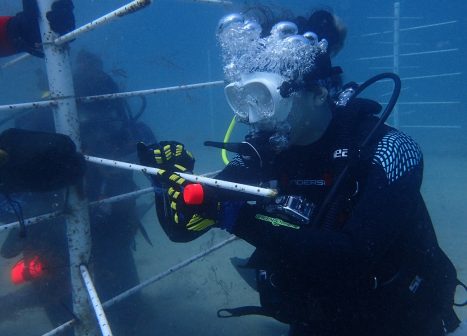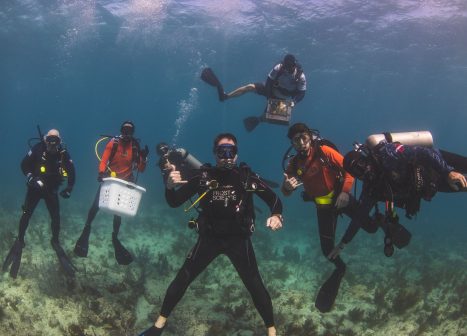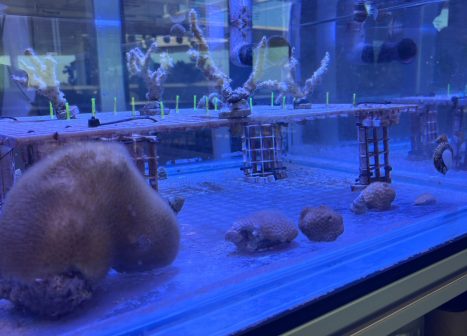Frost Science is excited to contribute to reef conservation efforts with the help of our partners. Learn more about the conservation projects we are involved in below.
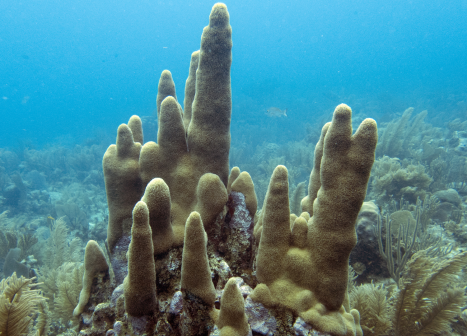
Florida Reef Tract Rescue Program
Explore the ways Frost Science has been at the forefront of caring for threatened pillar coral.
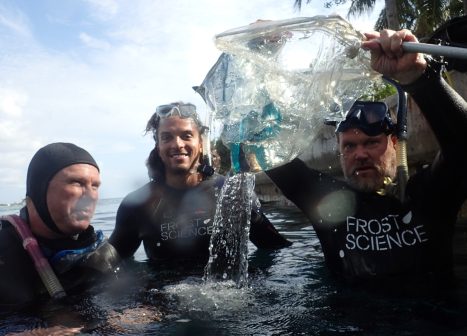
Exotic Species Removal
Explore the ways Frost Science assists in removing non-native marine life from our local waterways.
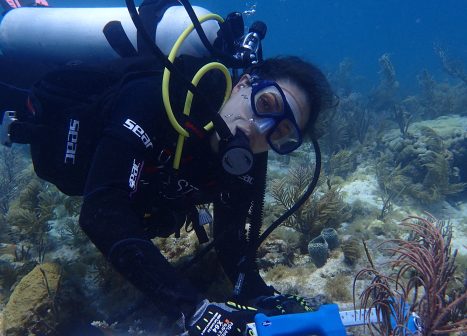
Long-Spined Sea Urchins
Learn about how Frost Science studies and cares for long-spined sea urchins.

